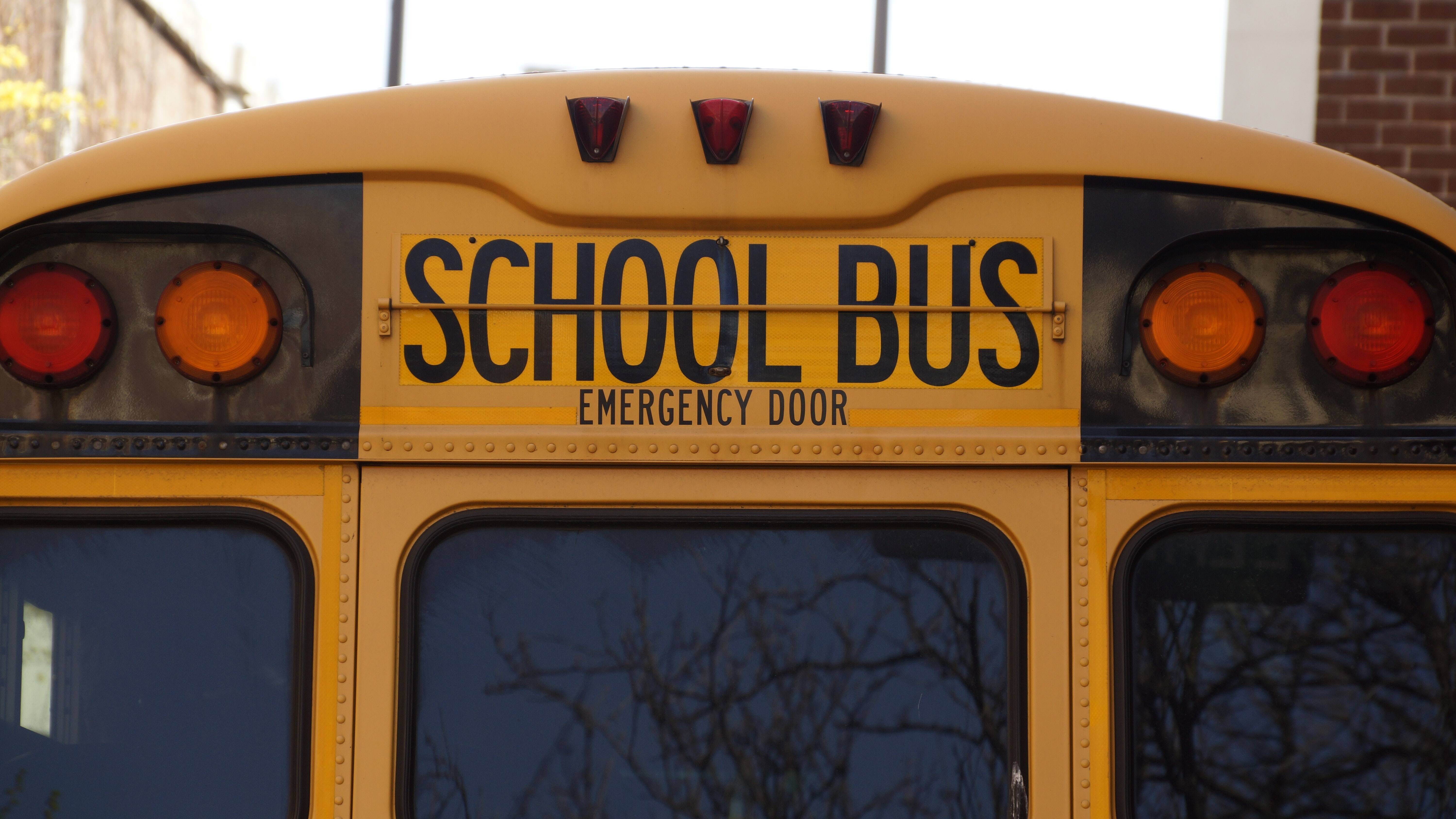School Bus Safety Tips for Kids and Adults

With school back in session across the U.S., it’s time for both kids and adults to brush up on school bus safety guidelines.
It’s important for adults to instruct their children how to safely wait at the bus stop, ride on the bus and exit the vehicle. Even if a child has always ridden the bus, parents should review safety procedures at the start of a new school year.
Drivers also need to review safety measures to ensure they are using caution when sharing the road with school buses. Adult and teen drivers alike should review traffic rules and safety tips to make sure they are being cautious when approaching school buses and bus stops.

Photo Courtesy of Pixabay.com
Safety Tips for Kids on and around School Buses
Taking the bus is one of the safest ways for children to get to school.
“Students are about 70 times more likely to get to school safely when taking a bus instead of traveling by car,” the National Highway Transportation Safety Administration states. “That’s because school buses are the most regulated vehicles on the road; they’re designed to be safer than passenger vehicles in preventing crashes and injuries.”
While the vehicles have extra safety precautions built in, kids still need to exercise safe behavior as they enter, ride and exit the school bus.
Waiting for and Getting on the Bus
- When to arrive: Students should get to the bus stop early. According to the NHTSA, kids should arrive at least 5 minutes before the bus’s scheduled time to ensure they are on time.
- Where to wait: Children should wait about 6 feet away from the curb at the designated bus stop. The NHTSA recommends teaching kids to take three large steps backwards from the curb to help them measure out 6 feet.
- How to behave: The bus stop is not a place for kids to play. Students should be reminded to pay attention to all traffic near the bus stop and wait patiently for the bus to arrive. The National Safety Council also advises children to stay at the bus stop and not wander into the street or on nearby private property.
- Getting on the bus: When the bus arrives, kids should be instructed to wait for the bus to come to a complete stop and for the traffic arm to be launched before approaching the vehicle. Kids should wait for the driver’s signal – the opening of the door – to know when it’s safe to enter the bus.
Safety on and Exiting the Bus
- How to behave: When kids get on the bus, the first thing they should do is put on a seat belt, if it’s available. During the bus ride, students should focus on being quiet and staying in their seats so they don’t distract the driver. The bus driver needs to be able to hear surrounding traffic and focus on the road. The NSC also reminds students to always keeps their heads, hands and arms inside the windows at all times. All belongings should be clear of the aisle and safely stored near each child.
- Preparing to get off the bus: As the bus approaches a child’s destination, he or she should start gathering all of his or her belongings to prepare to exit. Kids must wait for the bus to come to a complete stop before getting up from their seats.
- Exiting the bus: When exiting the bus, the NSC states students should always walk towards the front of the bus, never behind it. If kids need to cross the street they should first make sure the driver can see them. They should then wait for the driver to extend the traffic arm and wait for him or her to signal that it’s safe to cross. When walking across the street, the NSC states kids should cross at least 10 feet in front of the bus to ensure the driver can see them.

Photo Courtesy of Pixabay.com
Safety Tips for Drivers Sharing the Road with School Buses
Drivers need to be alert and follow all traffic rules when driving near school buses to ensure the safety of students.
The NHTSA states that more school-age pedestrians have been killed during the hour before and after school than any other time of day.
To eliminate this statistic, drivers need to be vigilant and follow all laws when traveling around school buses and bus stops.
- Obey flashing lights and signs: All traffic must stop if a bus is flashing its yellow or red lights and the stop arm is extended. This is the driver signaling to other traffic that kids are about to be walking near the bus, so it’s crucial for all traffic to obey the law to ensure the students’ safety.
- Be alert: According to the NSC, “the 10 feet around a school bus is the most dangerous for children.” All traffic should stop far enough away from a bus to allow a safety radius for the kids to enter and exit the bus. When driving near a school bus or bus stop, drivers should be vigilantly watching for children in case students run into the street unexpectedly.
Contact RTA Fleet Management Software today to learn how our software can benefit your school bus fleet. Contact us today to schedule a free demo.
